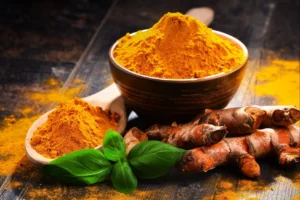
Mung: The Magic Bean That Loves Your Doshas & You
By Dr. Puja Shah
If Jack’s beans were real, they would probably be the little green wonders known as mung beans. Nothing else comes as close to magic beans in real life.
Cultivated in India since ancient times, mung beans are considered tri-doshic in Ayurveda: meaning they work well for all body types when cooked with the correct spices.
In fact mung beans are so good for you, some ancients even called them the food of the angels.
All about the mung bean
Mung beans are legumes, not lentils. They can be sweet or savory and are served cooked, sprouted or dried. They can also be eaten with or without the skin.
These magic beans contain nutrients, are filling and are often used to counter many age-related diseases. They are jam-packed with vitamins and minerals including manganese, magnesium, phosphorus, potassium, iron, copper, zinc, vitamins B1, B2, B3, B5, B6, and selenium.
Because of their many antioxidants, mung beans are said to reduce the risk of chronic disease by neutralizing potentially harmful free radicals associated with inflammation, heart disease and cancer. Some studies have even shown that mung beans can neutralize free radical damage associated with cancer growth in lungs and stomach cells.
Two antioxidants called vitexin and isovitexin in the mung bean are linked to lowering blood sugar levels and helping insulin work more efficiently.
Mung beans have soluble fiber (pectin) and resistant starch which promote digestive health. Pectin speeds up the movement of food through your gut which keeps your bowels regular, while nourishing healthy bacteria in the gut.
According to Ayurveda, your gut is like your second brain.
Even Western science has been calling this connection, the gut-brain axis. Down in the gut, bacteria make neuro-active compounds, including 90% of our neurotransmitter serotonin, which regulate our emotions. In turn, the brain can send signals to the gastrointestinal system, for example, to stimulate or suppress digestion.
Essentially, when your gut is healthy, your brain feels good.
Eating mung beans
As with other beans, Ayurveda recommends soaking mung beans overnight and cooking them with spices such as ginger, cumin, coriander, and turmeric, which renders them even more digestible.
One of my favorite mung bean recipes is Ayurvedic mung bean protein pancakes.
Mung beans are full of protein and these pancakes are surprisingly delicious. Plus they’re extremely versatile to serve alone or with soups, salads, chutneys or even yogurt.
Here’s how to make them:
- Prep time: 20 mins
- Cook time: 20 mins
- Total time: 40 mins
- Serves: 2-4
INGREDIENTS
- 1 cup split organic mung beans
- 2 tablespoons finely chopped fresh cilantro
- 1 teaspoon cumin seeds
- ½ teaspoon coriander powder
- ½ teaspoon turmeric
- ½ teaspoon Himalayan salt (or sea salt)
- ¼ teaspoon black salt (kala namak)
- ¼ teaspoon of jaggery
- 1 teaspoon freshly grated ginger
- 1 teaspoon finely chopped curry leaves (optional)
- 2 scallions cut into fine rounds (optional)
- 1 tablespoon ghee or coconut oil, plus extra for cooking
INSTRUCTIONS
1. Rinse the mung beans and soak them in about five inches of water overnight.
2. Drain and discard the soaking water.
3. Blend the soaked beans and ½ cup water in a Vitamix or food processor. Add up to ½ cup more water little by little, blending until the beans are a thick paste. Be careful not to add too much water or the pancakes will be difficult to cook.
4. Add the cumin seeds, coriander and turmeric. Blend until the mixture is smooth and light.
5. Just before cooking, stir in the ginger, scallions, cilantro, curry leaves, jaggery and both salts.
6. Heat a cast iron or nonstick pan on medium heat and smear with one teaspoon of ghee or coconut oil. Ladle ½ cup batter into the center of the pan and spread with a spoon so that it’s ¼ inch thick. Cover and cook for three to five minutes, until the bottom is golden brown. Turn and cook, uncovered, another three minutes or until the bottom is golden.
7. Add a little more ghee or oil into the pan in between each pancake. Keep them warm in between two plates. Makes about 6 pancakes.
8. Serve hot with a fresh chutney, yogurt or dipping sauces.

About Dr. Puja Shah, Editor-in-Chief of The Natural Law
Dr. Puja Shah is an award-winning author whose 93 year old grandmother swore by Ayurvedic remedies and practiced yoga into her last days. And so while her education includes 9 years of medical training as a dentist, 3 teaching qualifications in yoga, and dozens of courses in meditation, it’s no wonder that she always goes back to Ayurveda. Puja harnesses Ayurveda regularly with her children and husband Amish Shah, Founder of The Natural Law.
Get Your Ingredients In Our Marketplace
Currently available to US Customers only
Organic Mung Beans

One of the most nourishing ingredients in Ayurveda, mung beans can be used for a variety of dishes and flavors. They help improve gut health while protecting you from various chronic illnesses. Ours are gluten-free, kosher, and non-GMO.
Grass-Fed Ghee Butter

The perfect companion to mung beans, ghee is high in vitamins and low in calories
Recent Blog Post

© 2023 The Natural Law | Privacy Policy | Terms of Use










